The Learning Zone
"Learning is a treasure that will follow its owner everywhere." - Chinese Proverb

The Learning Zone
"Learning is a treasure that will follow its owner everywhere." - Chinese Proverb
"Coming together is the beginning, staying together is progress,
and working together is success." - Henry Ford
Each week, after the students have finished their Big Write, they complete a variety of editing processes -one of these is known as 'highlighting'. This is where students identify the vocabulary, connectives, openers and punctuation in their written work and highlight each aspect in the appropriate colour - yellow for vocabulary (or 'wow' words), pink for connectives, blue for openers and green for punctuation. Students are able to easily identify which of the four components they have done well, and those that could be improved. With the support of their teachers, they then set goals for future writing tasks.
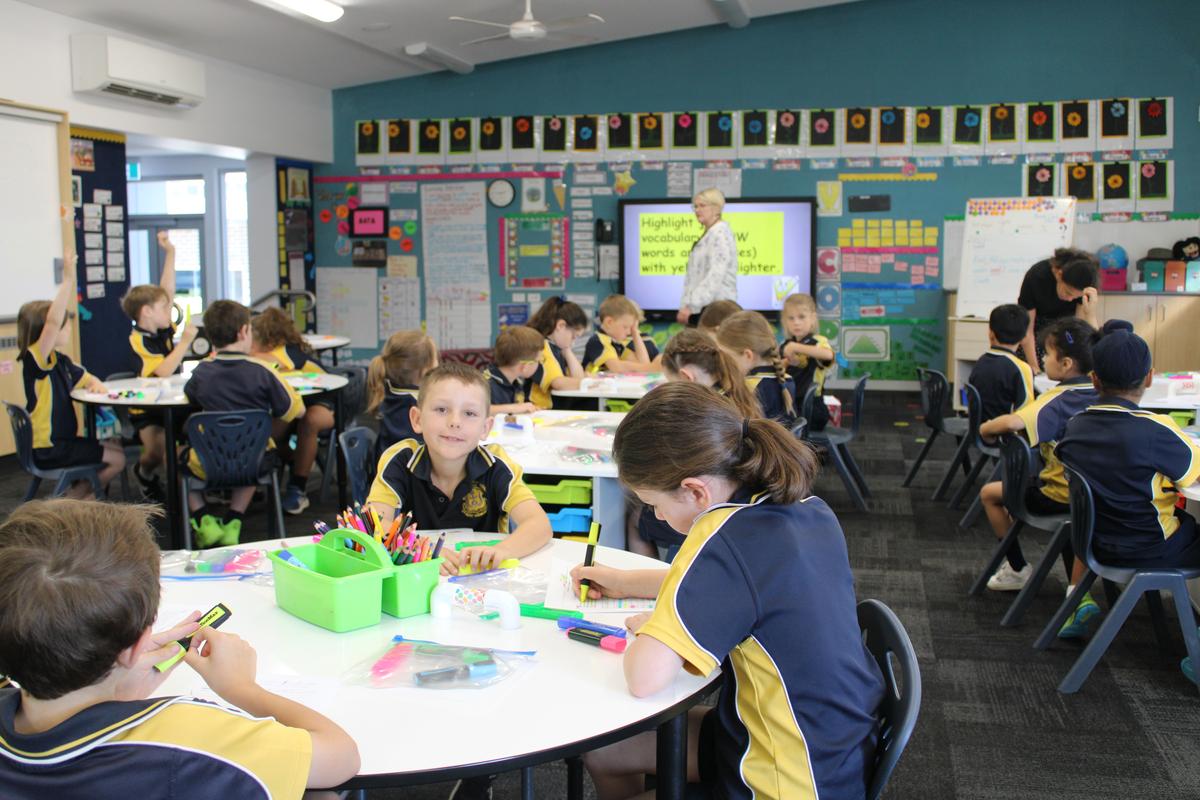
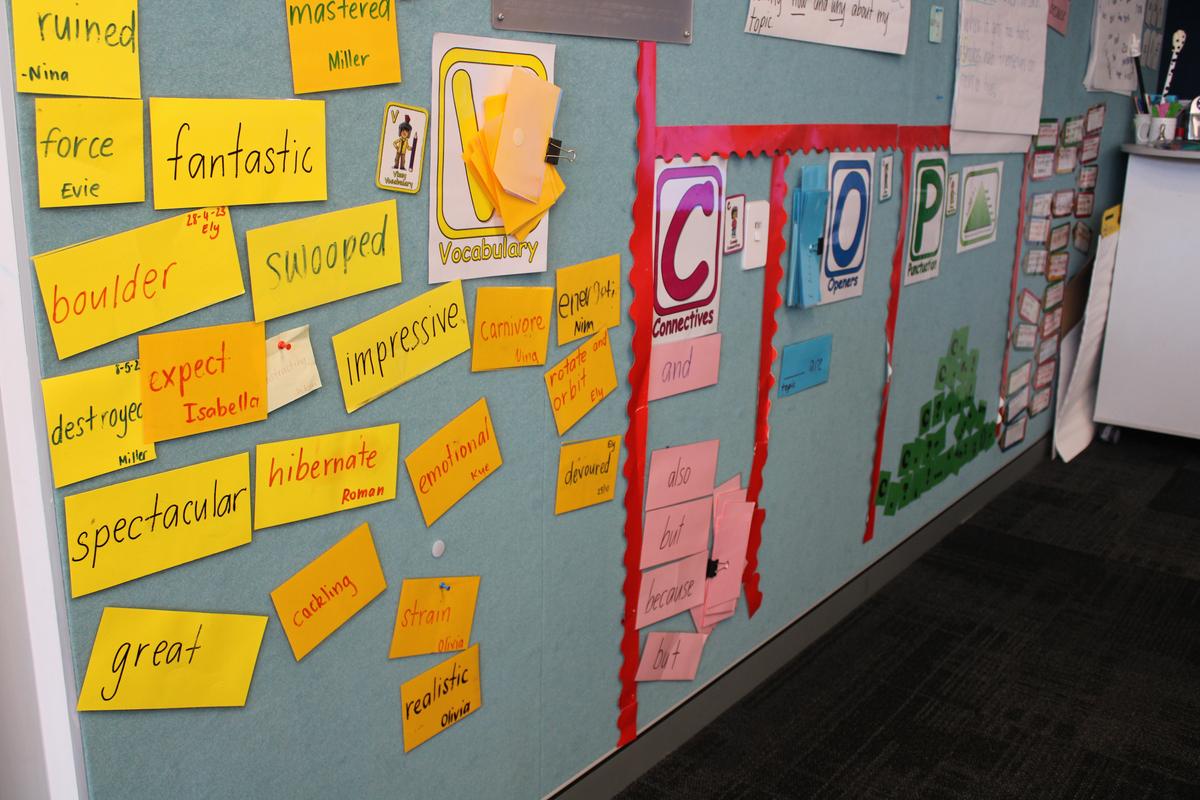


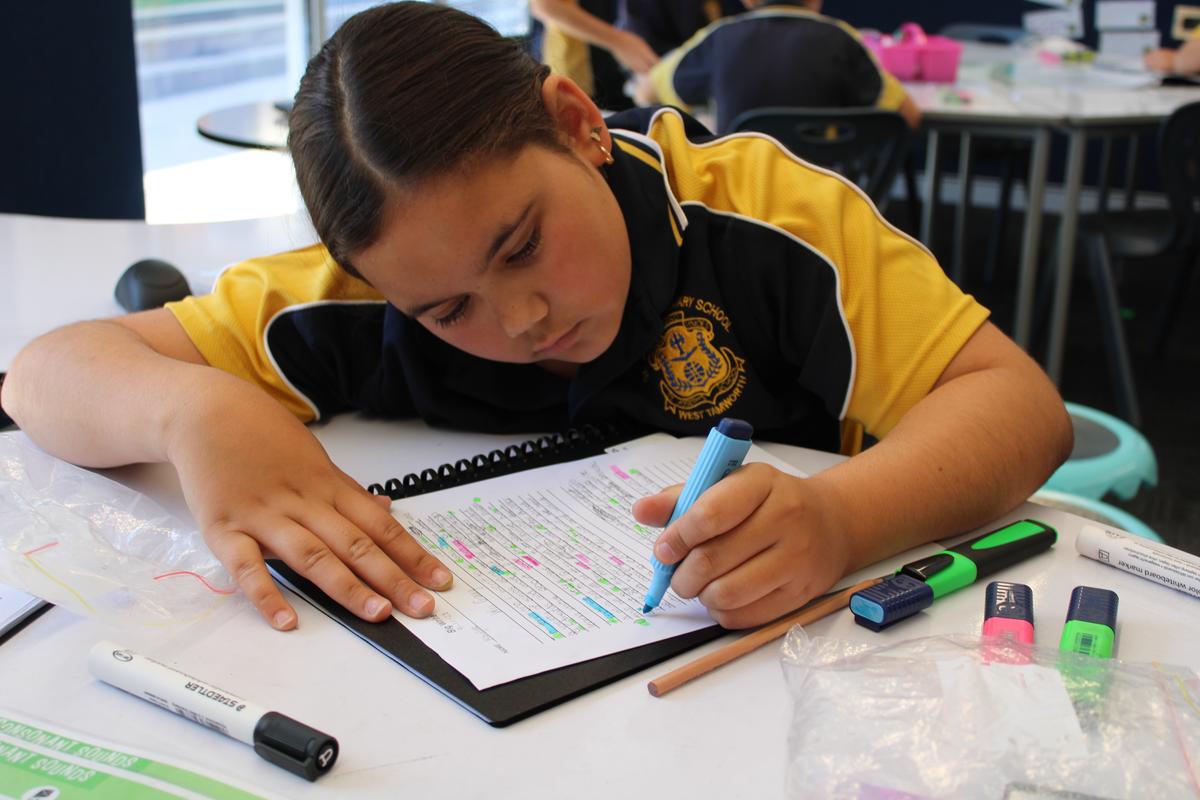
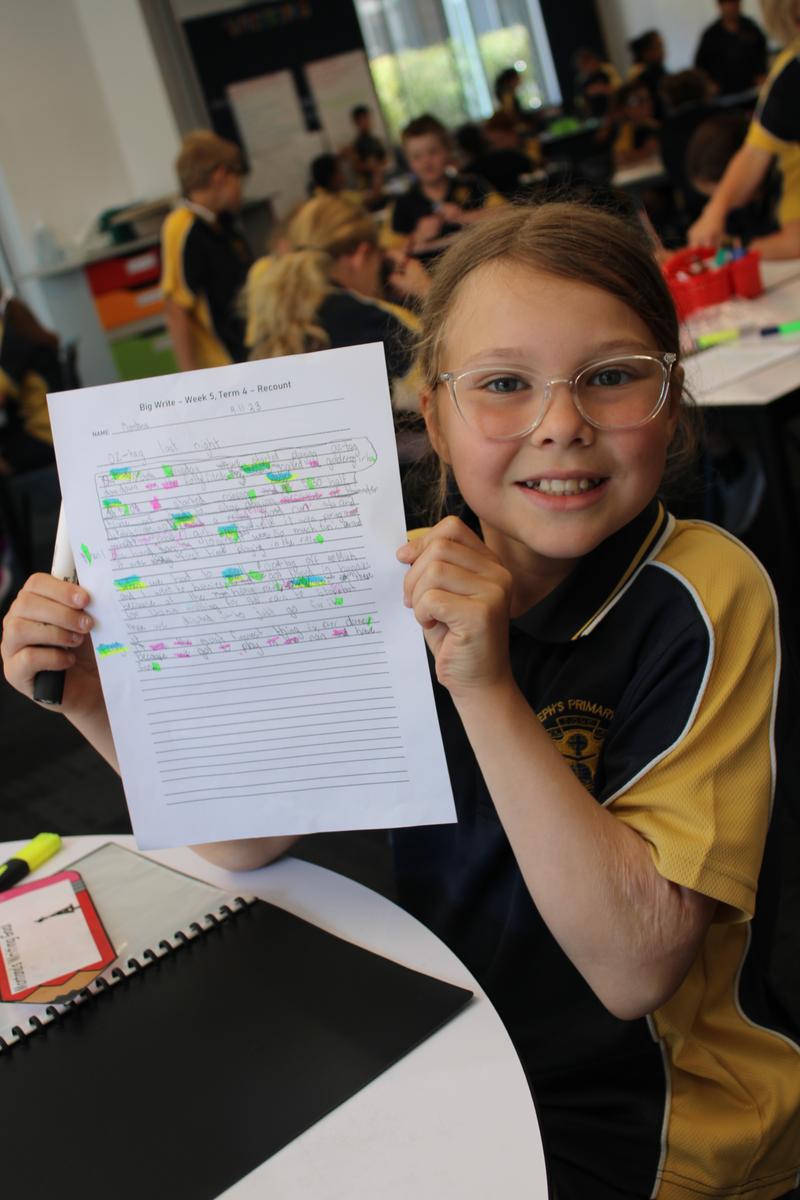
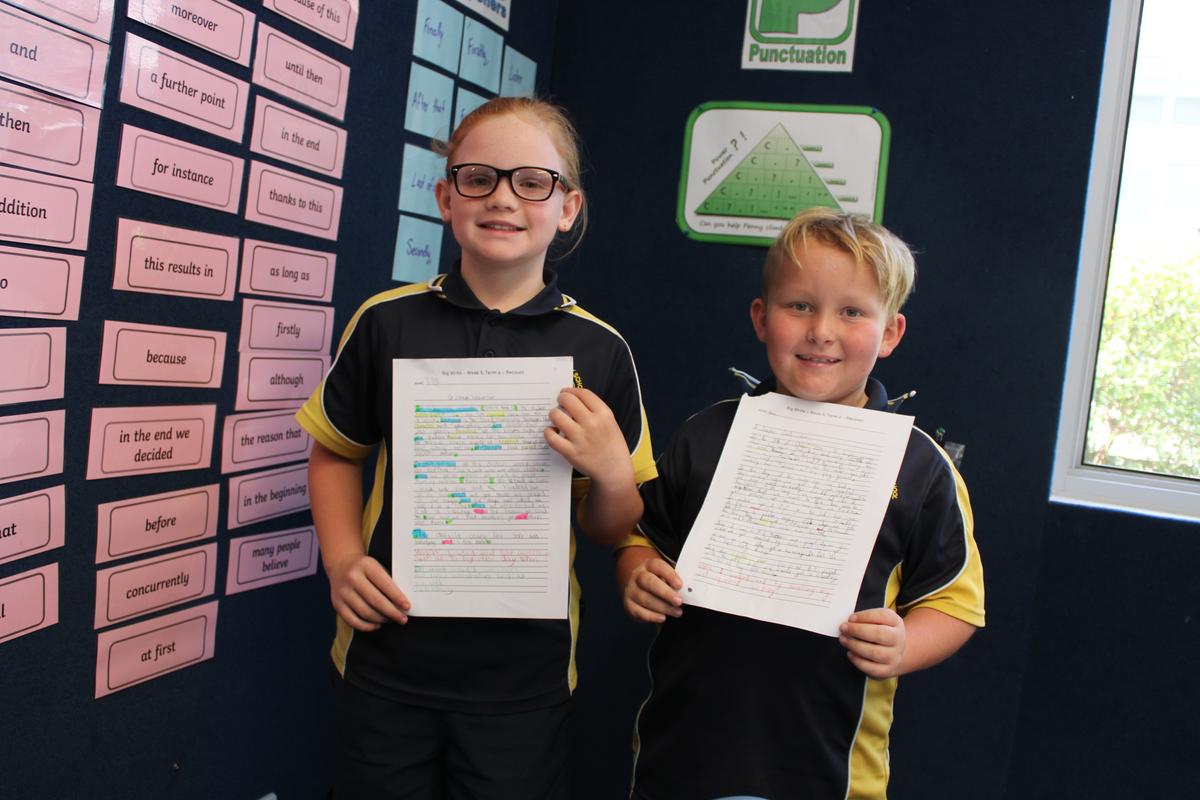
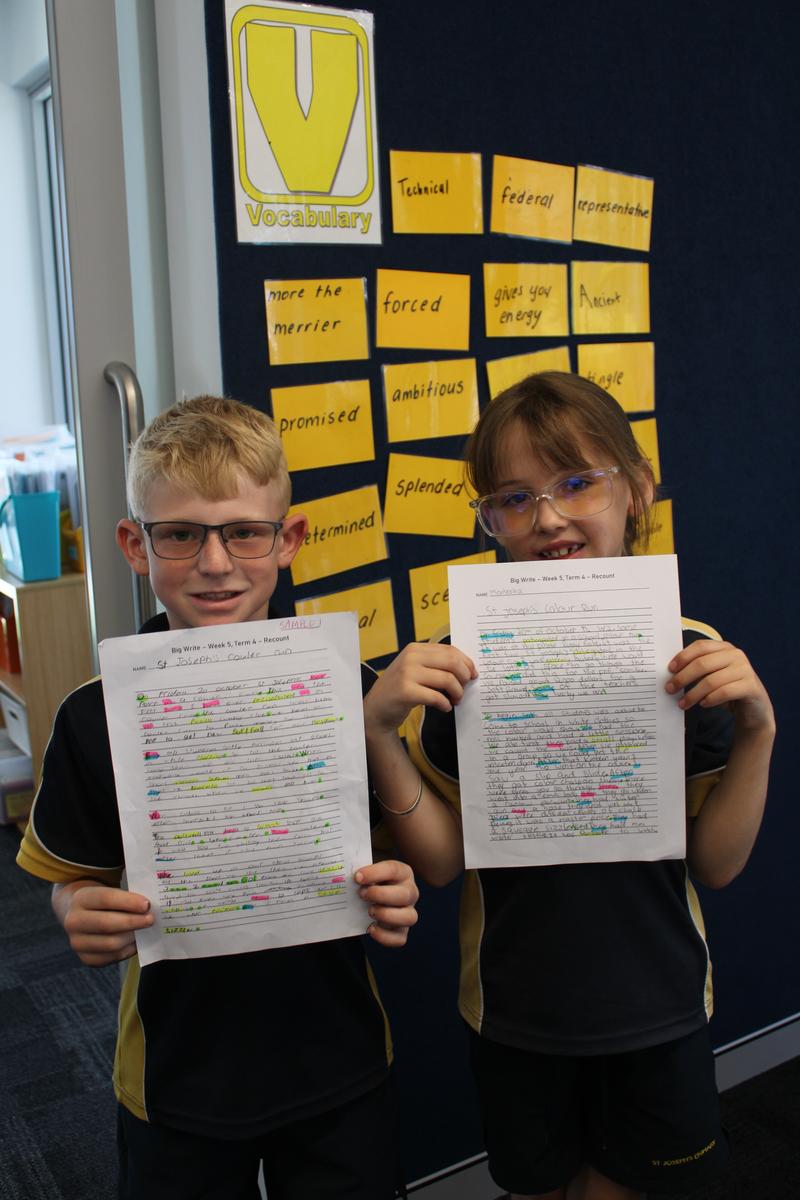
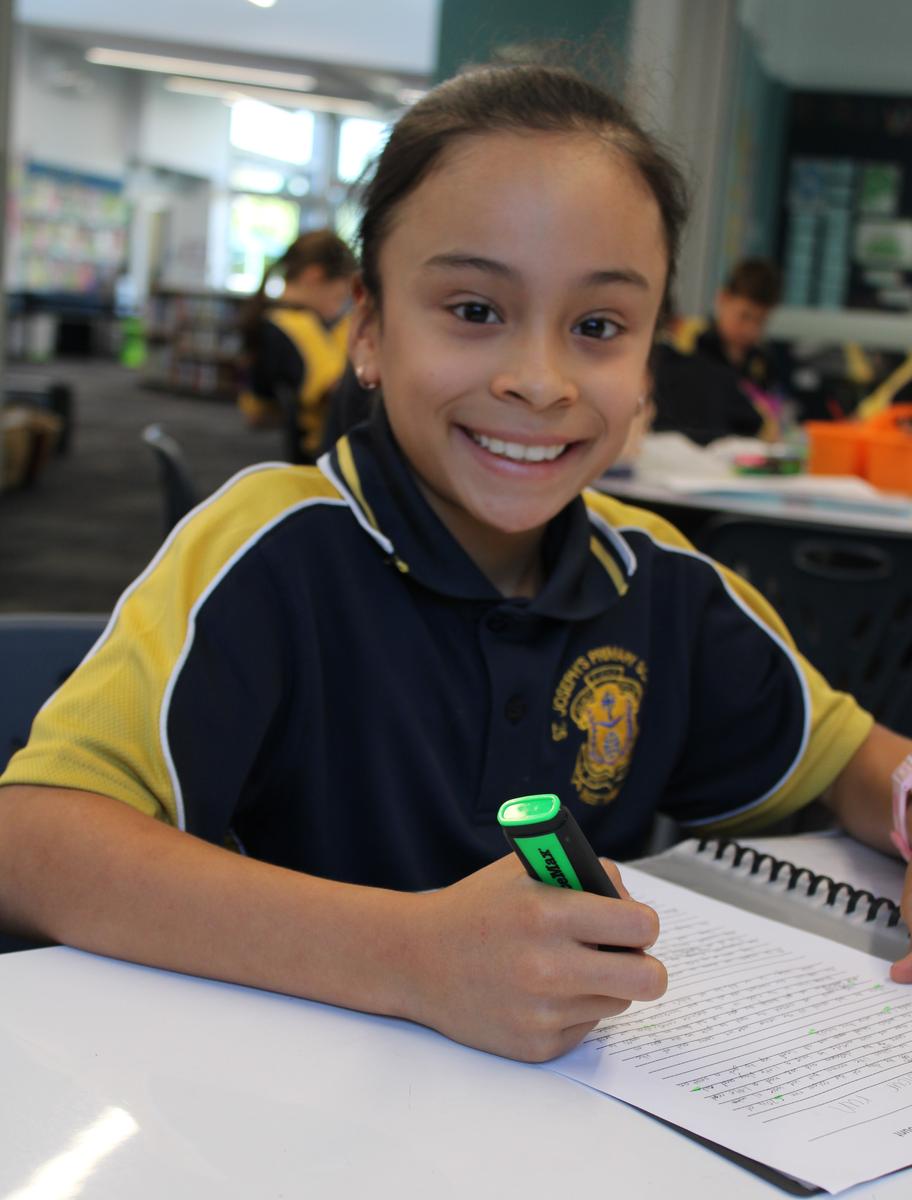
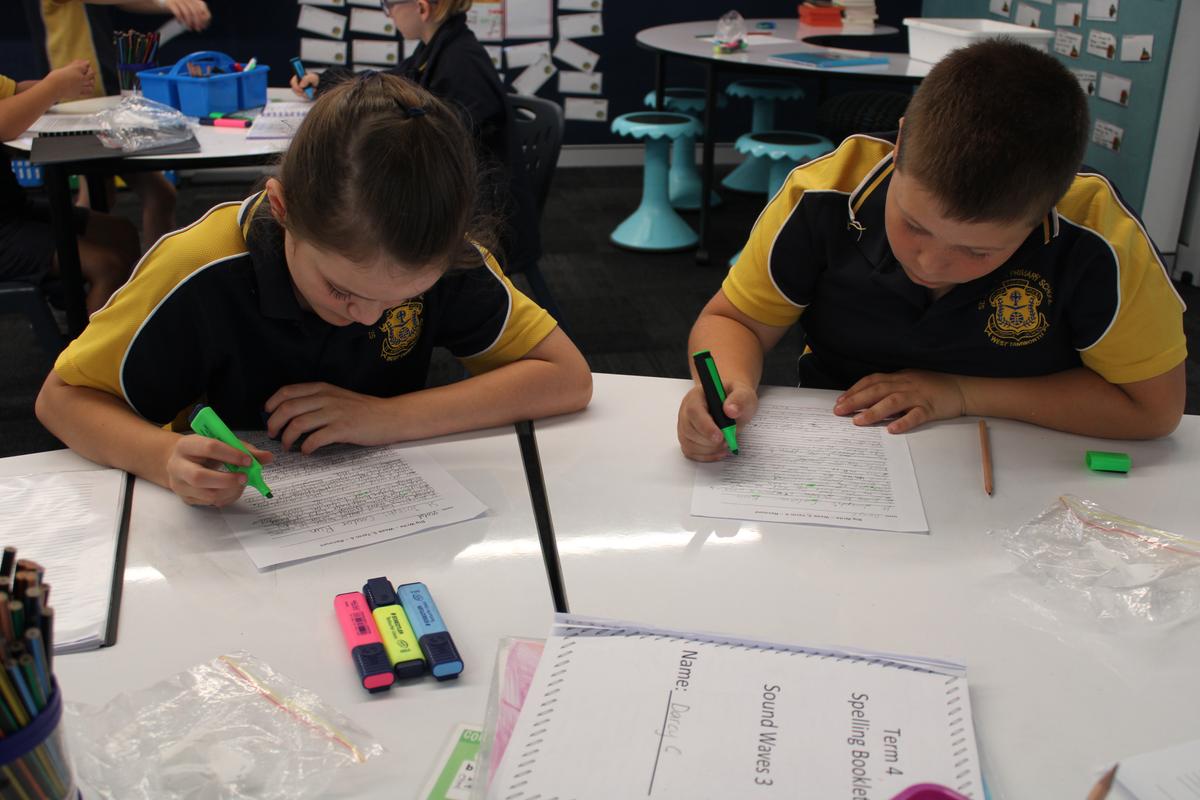
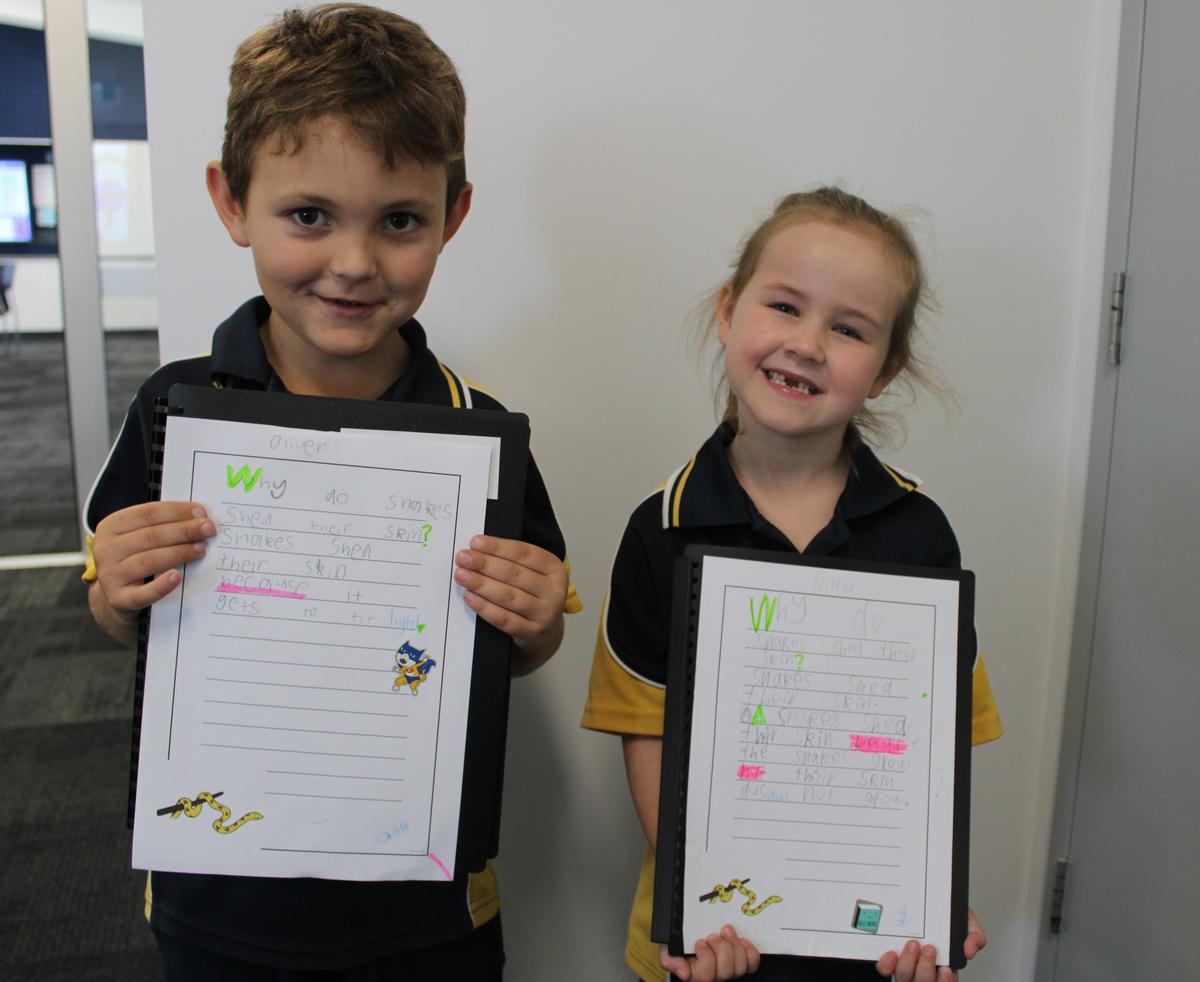
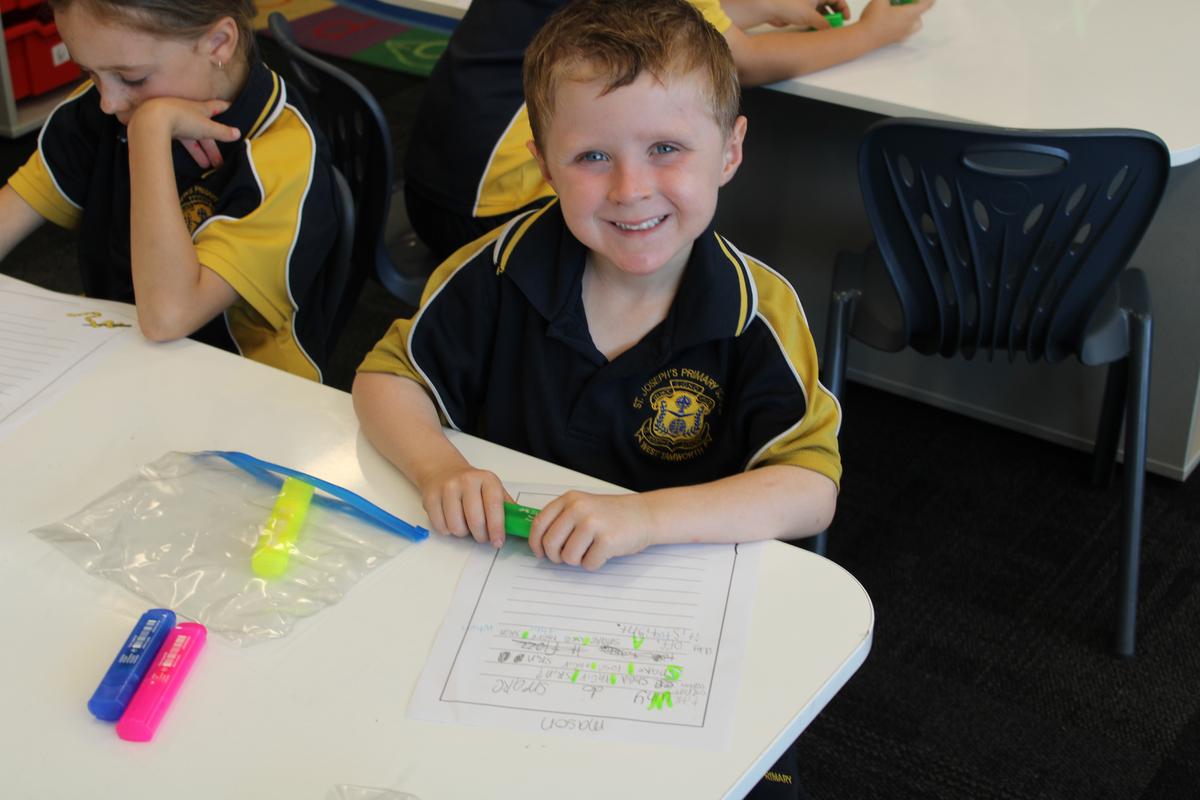
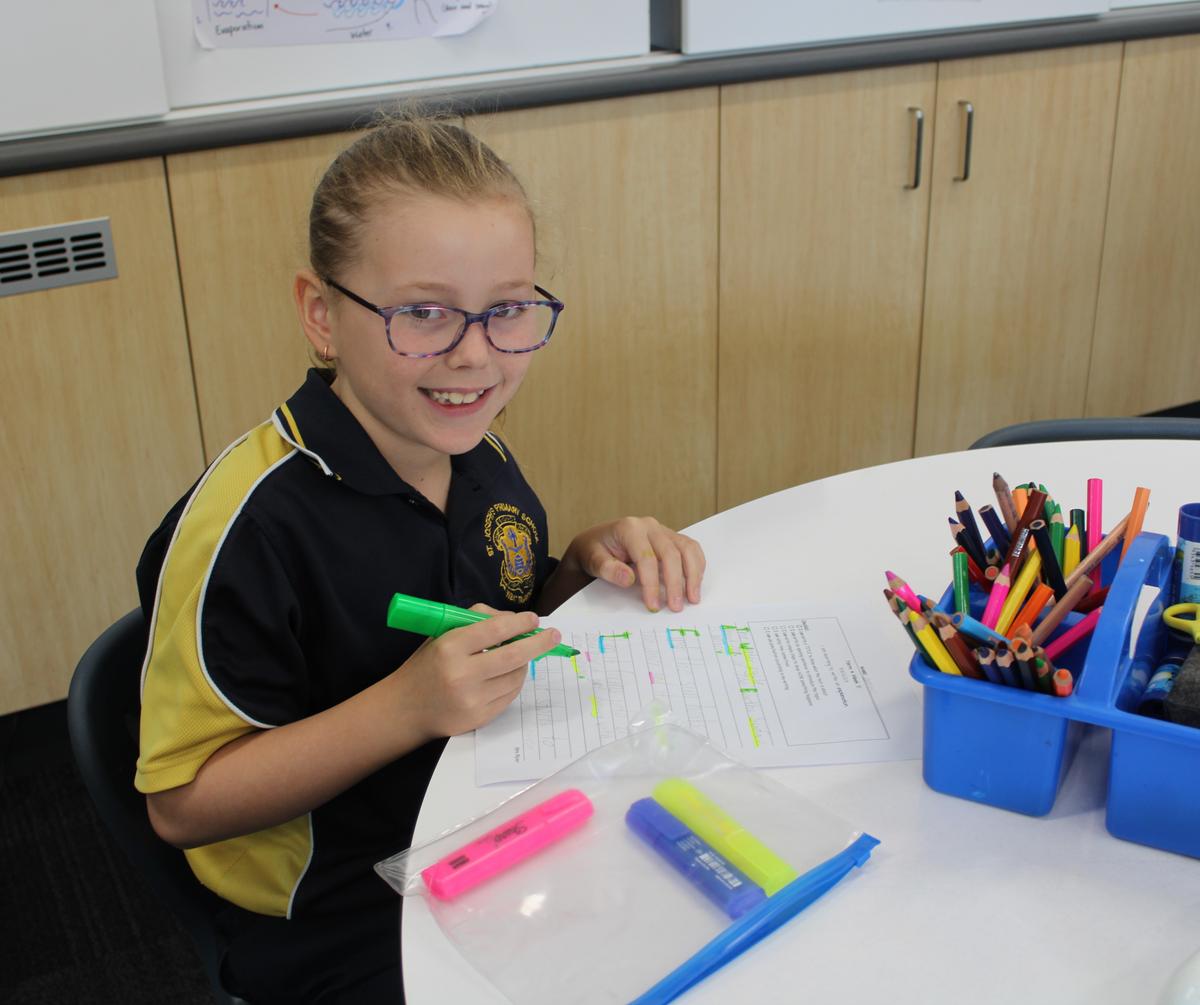
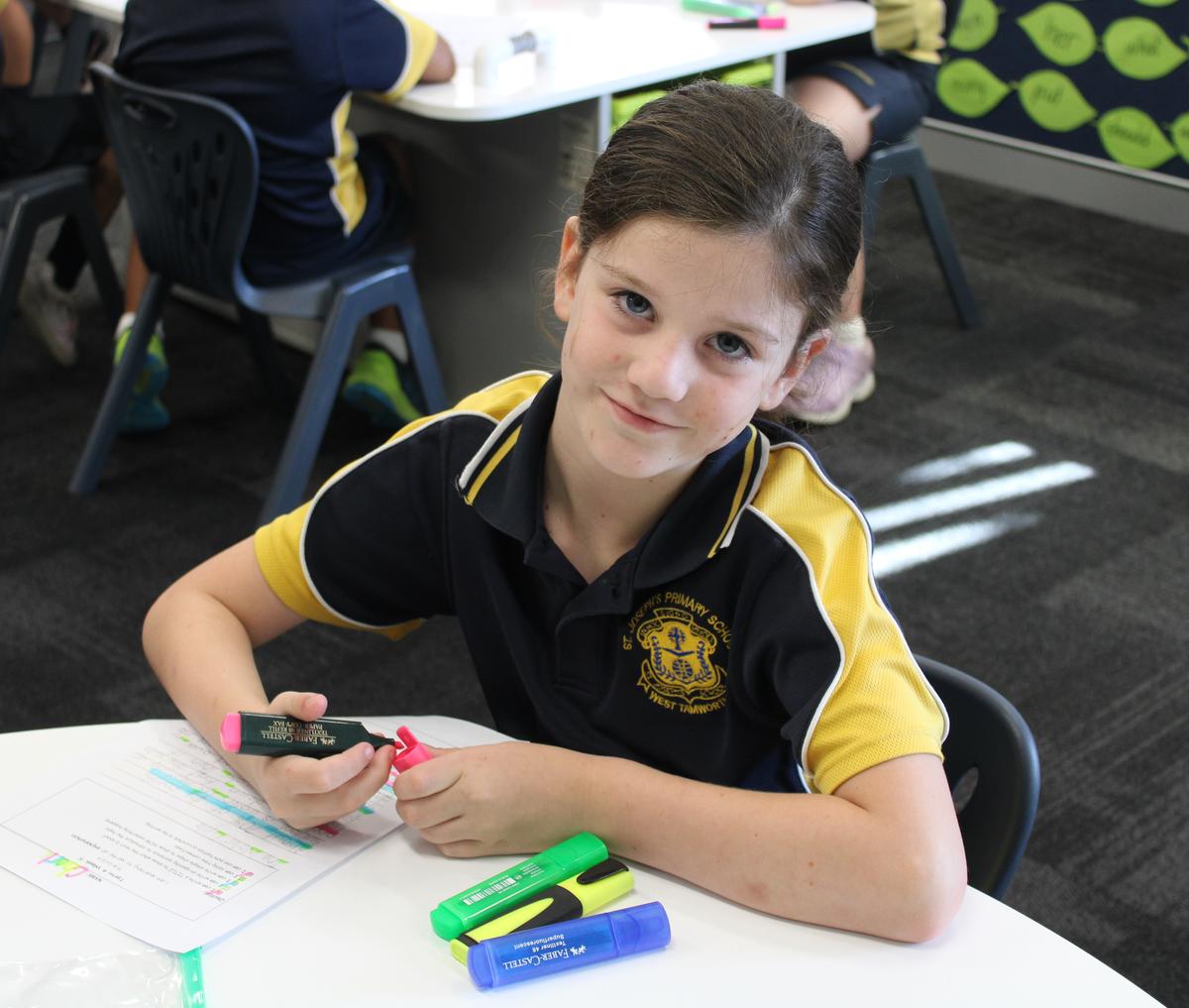
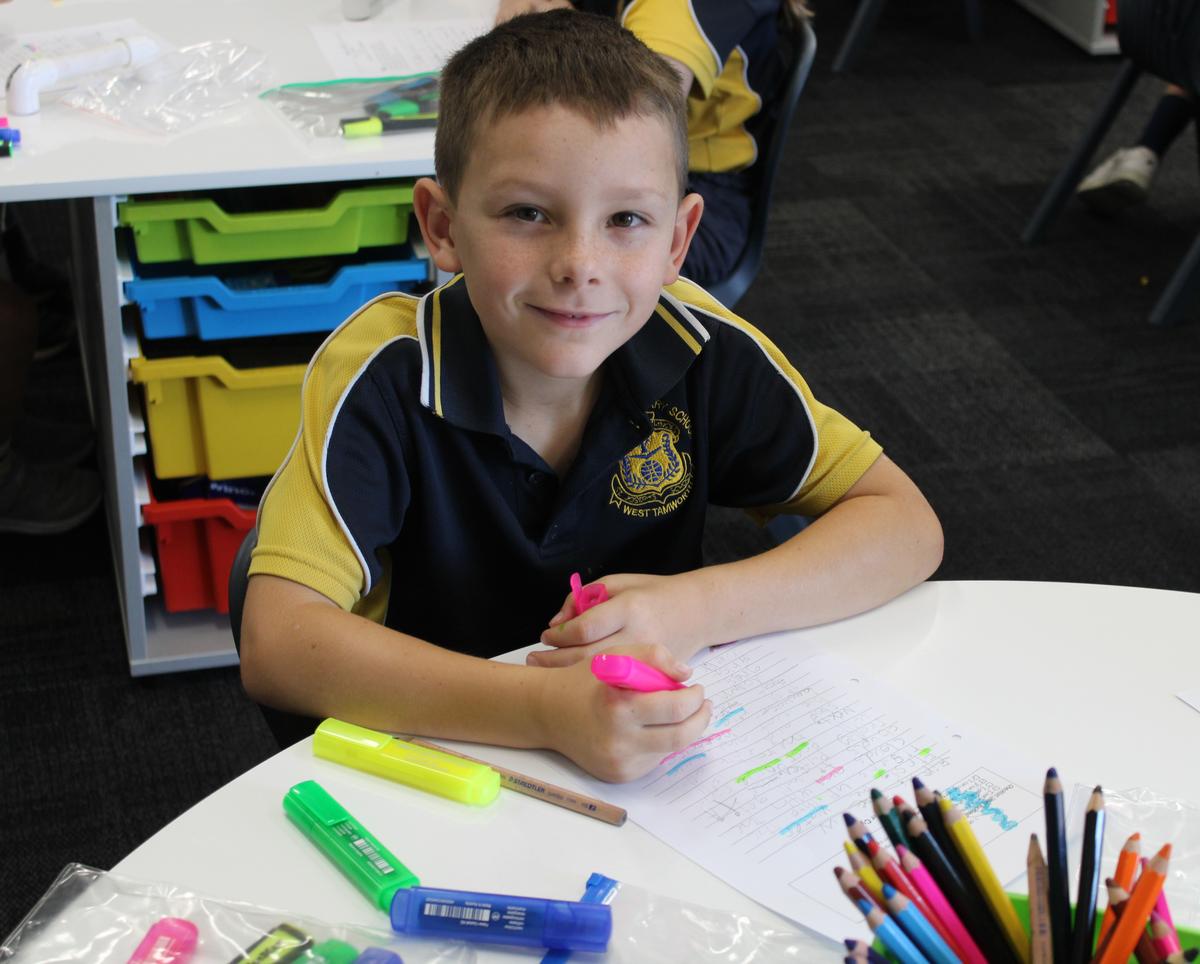
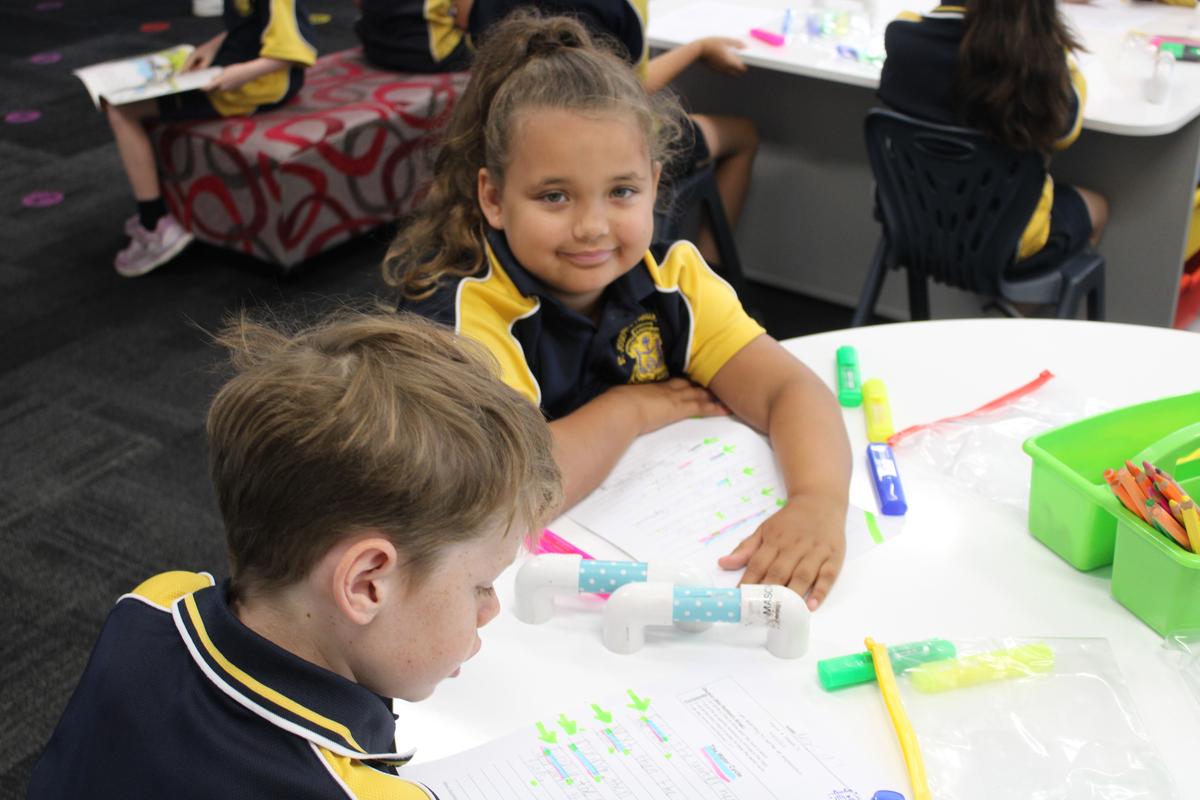












What is happening in the world of mathematics at St Joseph's? Let's take a look!
Please see the information below to assist your child at home or to see what they have been doing so far this term.
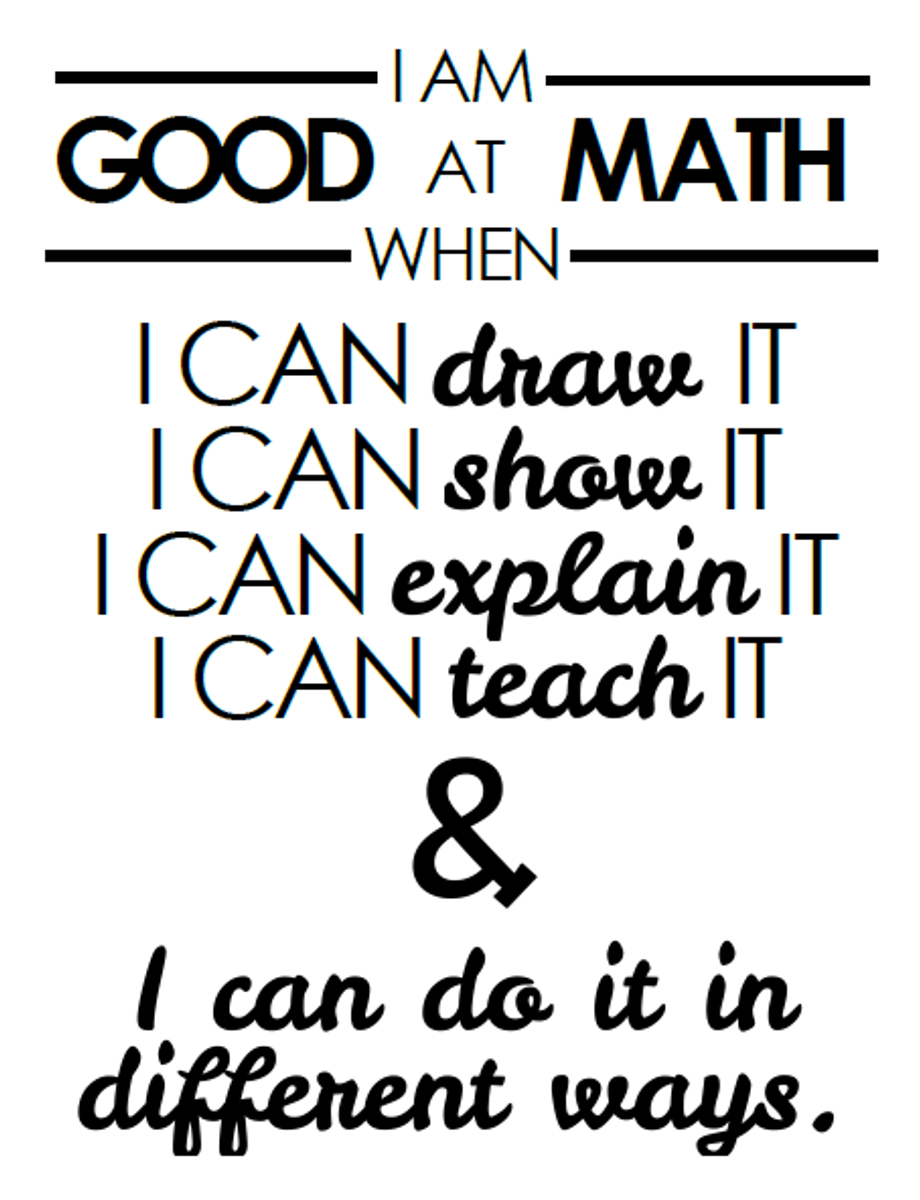

Maths At Home:
Kindergarten - Division
Before your child can begin to practice division problems, they first need to understand the concept of division. Explain it to them by relating the idea of division to the idea of sharing and grouping. Help them conceptualise it by explaining how a number of items can be shared equally between groups, and give them examples. You might show them how six biscuits can be given to three children so each of them has two, or how someone with eight apples could give four each to two friends.
Problems of the Week:
Try these problems. You could use counters, toys or even draw your answers.
Kye had 10 jelly beans and he shared them equally with Mason. How many jelly beans did each boy receive?
Bridie is making necklaces with beads. She has 15 beads and wants to put 5 beads on
each necklace. How many necklaces will she make?
Roman had 18 cards. He gave two friends and himself an equal share so that they could all play a card game. How many cards did they each receive?
Stage 1 - Data
Stage 1 have been working with data. Look at the graph below and discuss the following questions.
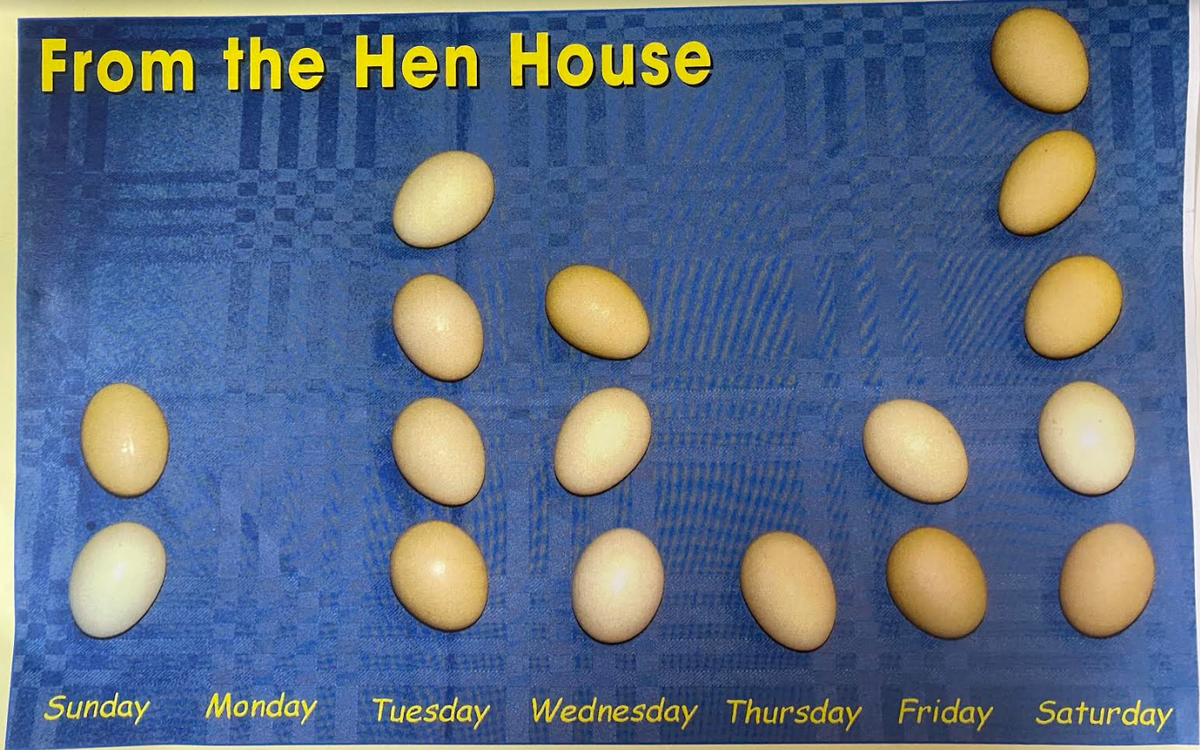

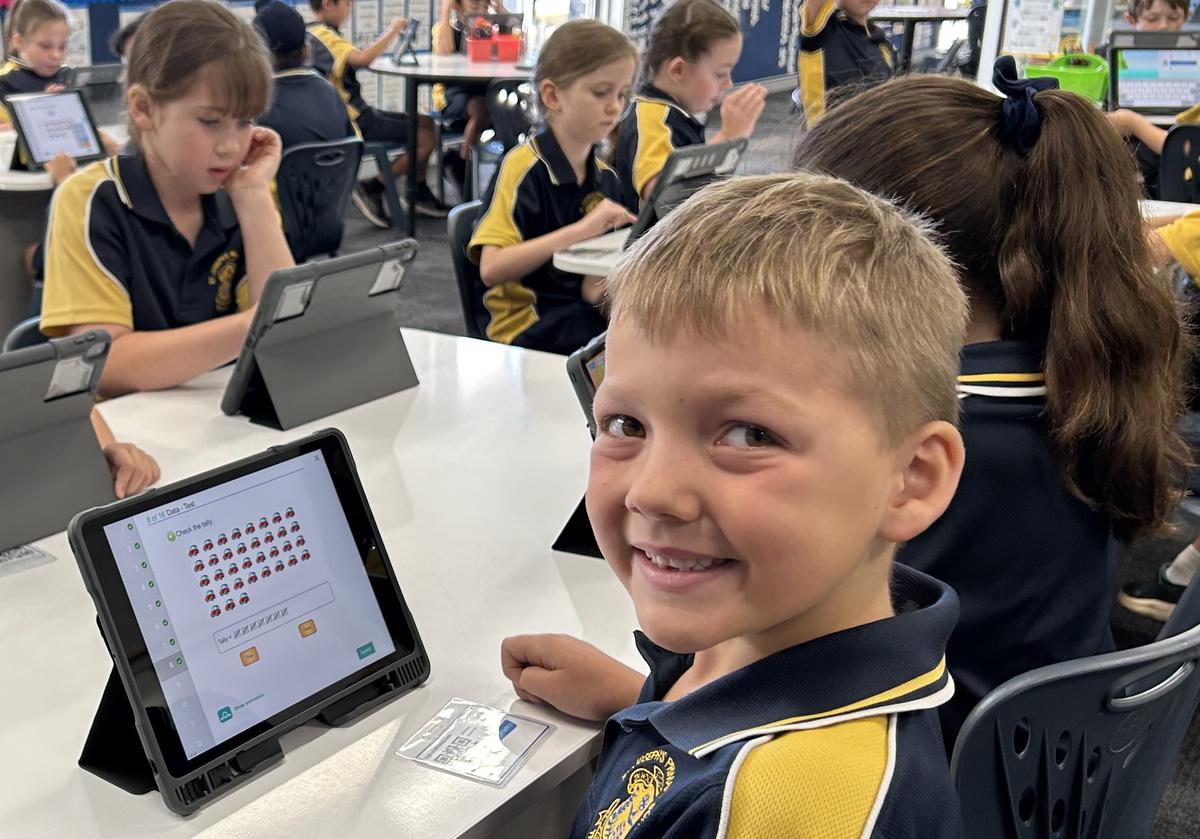



Stage 2 - Angles
Stage 2 are working on Angles.
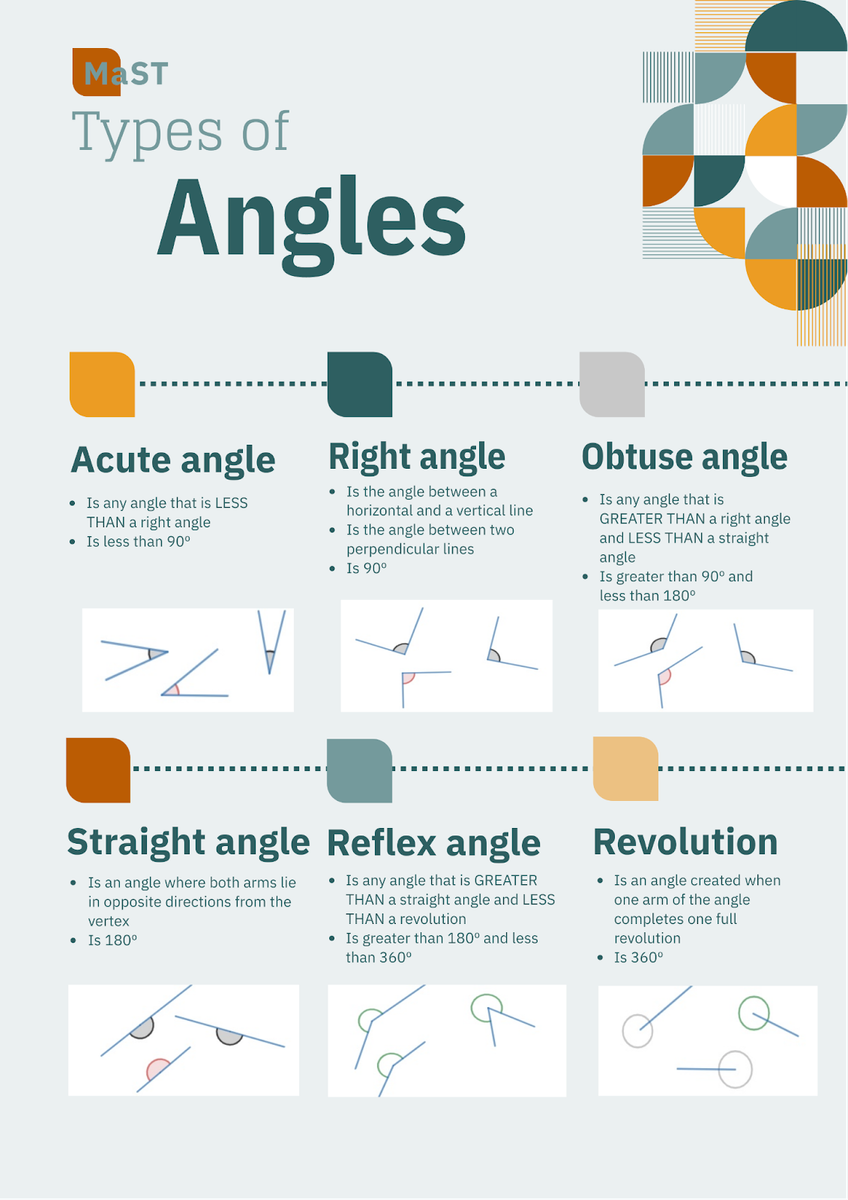

Stage 3 - 3D Space
Stage 3 are beginning a unit of work on 3D Space.
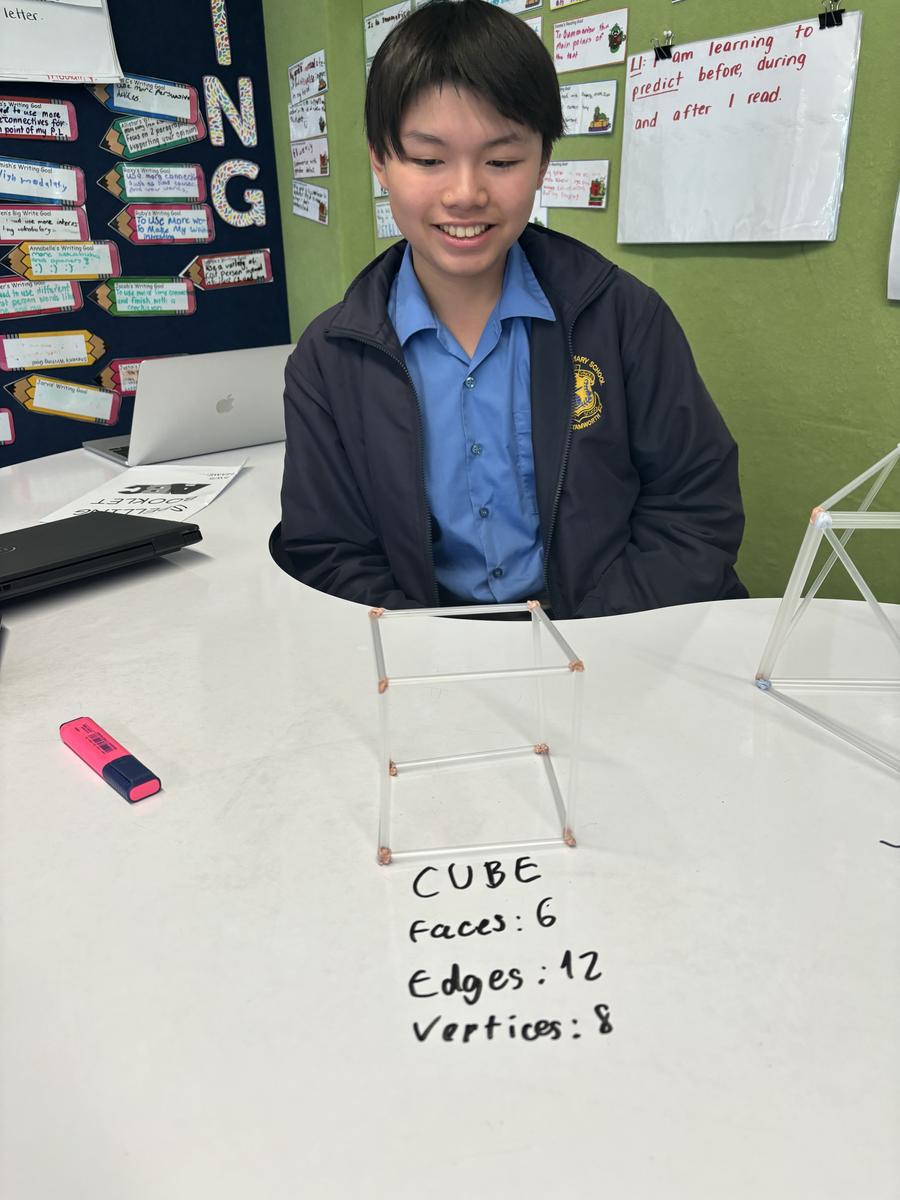
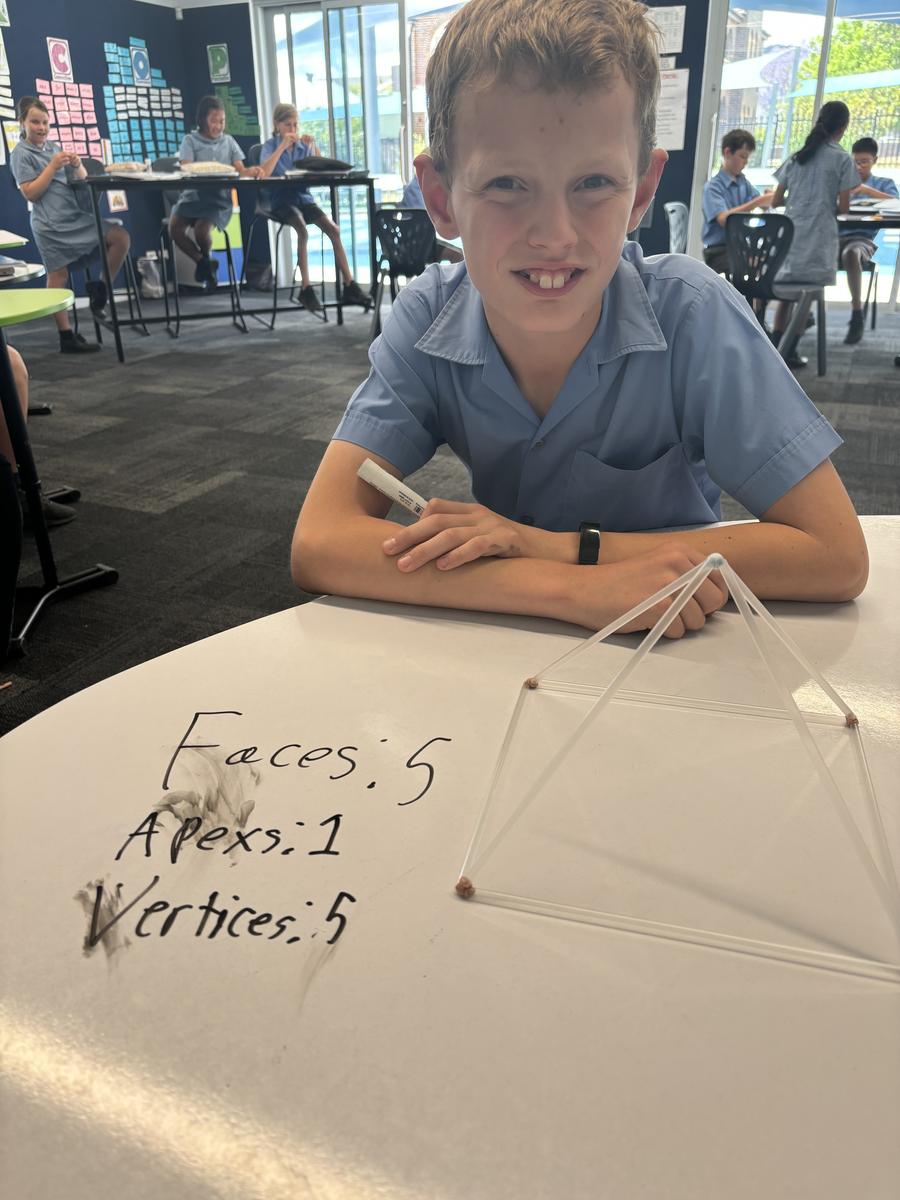




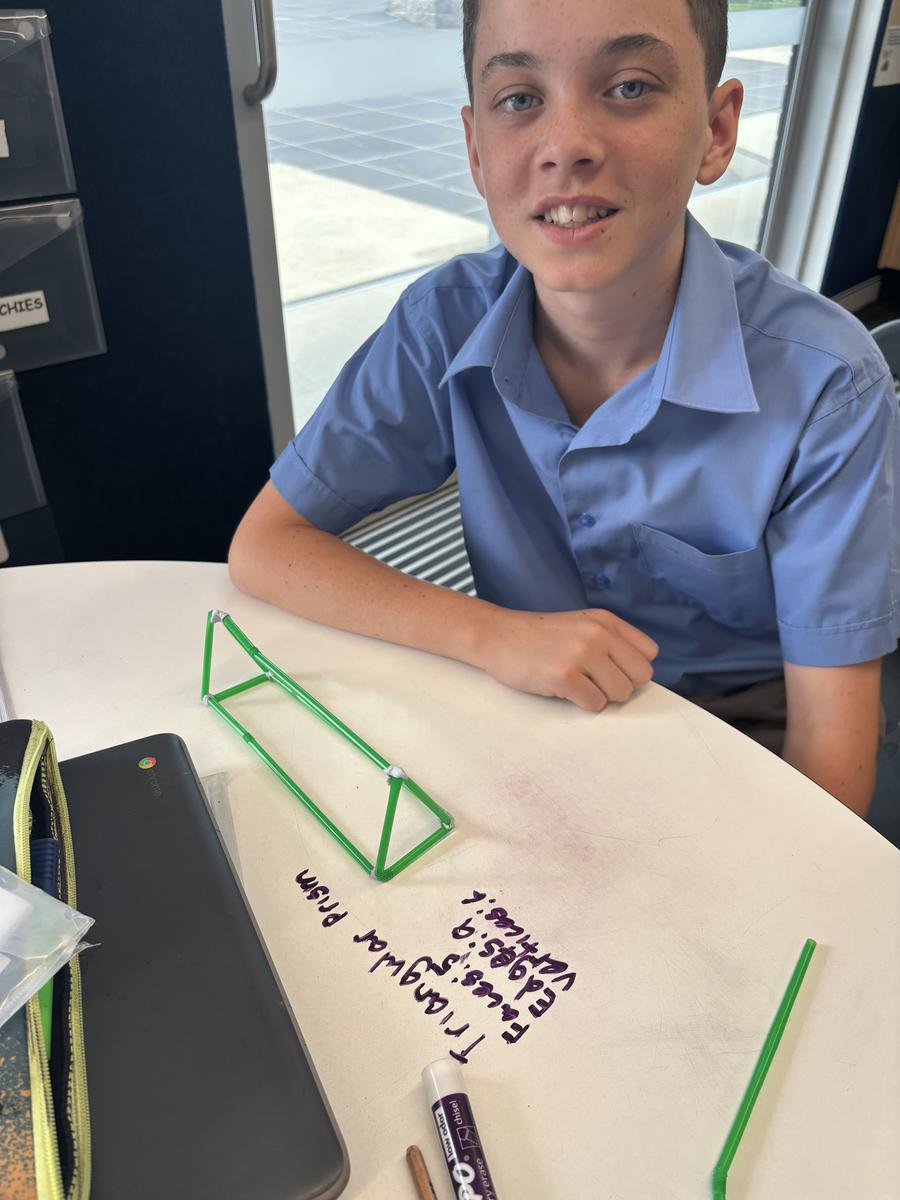
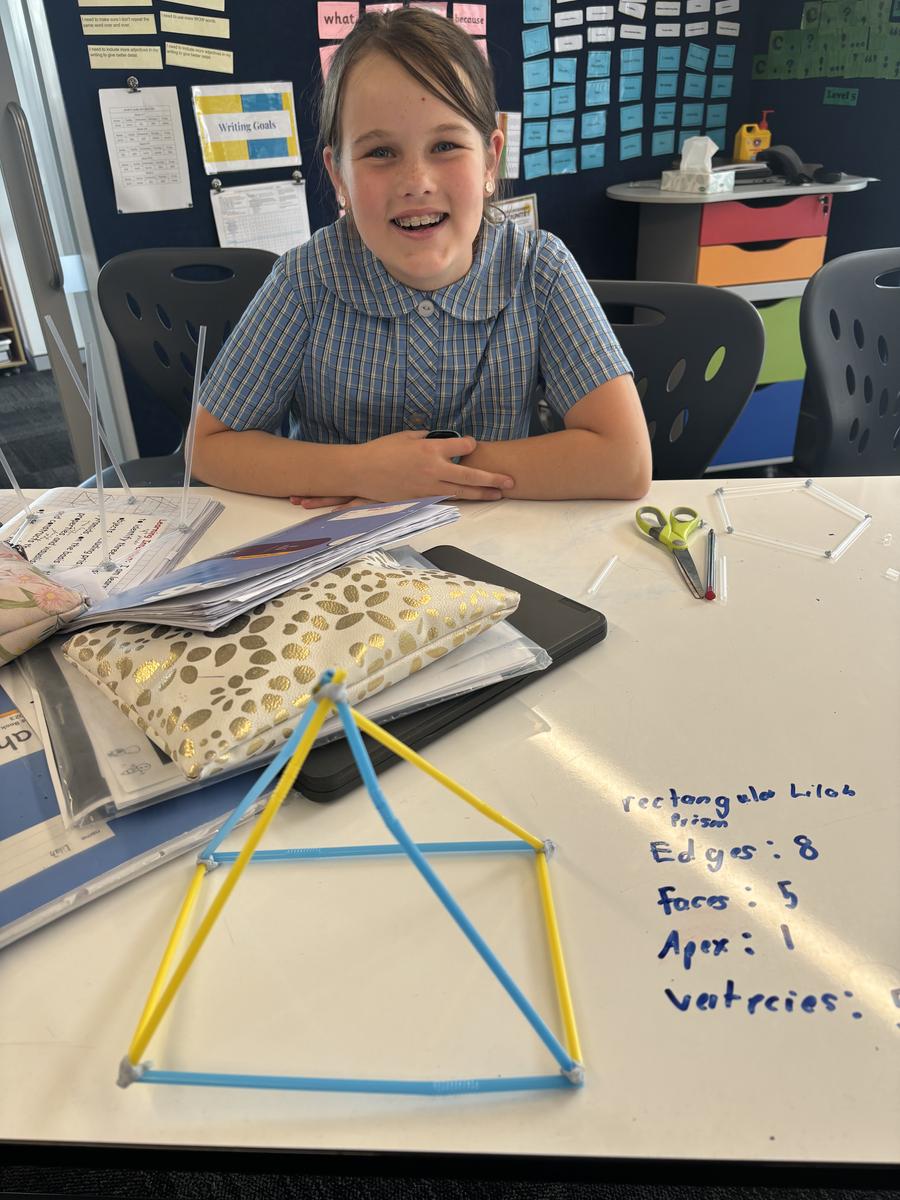




Have a great week of learning and fun!
Maree Holland & Greg O'Toole